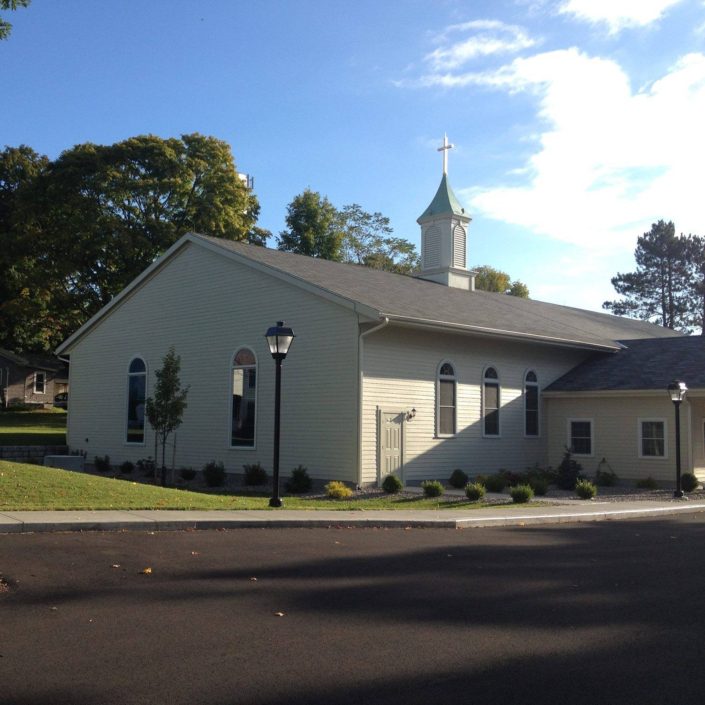
The Unquiet Rest of Eleazer Williams
(Originally published in The People’s Voice, May 6, 2005)
Written by Darren Bonaparte
Science Gets to the “Heart” of the Matter
In the year 2000, Eleazer Williams was in the news once again, when modern science was brought to bare on the question of the whether or not the Dauphin was ever “lost.”
Two years after his parents were killed in the French Revolution, Louis-Charles XVII died a sad and pitiful death in Temple Prison. The doctor who conducted his autopsy wrapped his heart in a handkerchief and tucked it in his pocket unseen. He then preserved it in alcohol in a glass case on his bookshelf until the alcohol dried up. It was then stolen by a visiting student, who confessed to the crime on his deathbed. His wife returned the heart to the doctor. In 1828, the doctor gave it to the archbishop of Paris, who kept it until the Revolution of 1830, when a mob raided his residence in search of it, and accidentally smashed the glass case during a struggle. The heart was later found with broken glass shards in a pile of sand in the archbishop’s courtyard. It was presented to the Bourbon heirs of France, who kept it until it was placed among the royal relics in the basillica of St. Denis in 1979.
Tests were done by separate labs to compare the heart’s DNA to the hair samples of Marie Antoinette and two of her sisters, as well as to two of the living descendents of the sisters. While not able to completely solve the mystery of the child’s exact identity, they did confirm that the heart came from a relative of Marie Antoinette and her family.
Chief scientist Jean-Jacques Cassiman was quoted as saying, “It is up to historians to determine whether it is [that of] Louis XVII.”
It can probably be said that only thing Eleazer Williams had in common with the Louis-Charles XVII was the “cheerless desolation” and “homeless solitude” of their last days on earth. May both of them finally rest in peace.
Next in series: A “Jake Ice” for the American Side of Akwesasne
By Darren Bonaparte, historian and author of The Wampum Chronicles. Reprinted with permission.
Darren Bonaparte is a cultural historian from the Akwesasne First Nation. He is a frequent lecturer at schools, universities, museums, and historical sites in the United States and Canada. He has written four books, several articles, and the libretto for the McGill Chamber Orchestra’s Aboriginal Visions and Voices. Darren is a former chief of the Mohawk Council of Akwesasne. He is the creator of The Wampum Chronicles and historical advisor to film and television. He currently serves as the Director of the Tribal Historic Preservation Office of the Saint Regis Mohawk Tribe.















